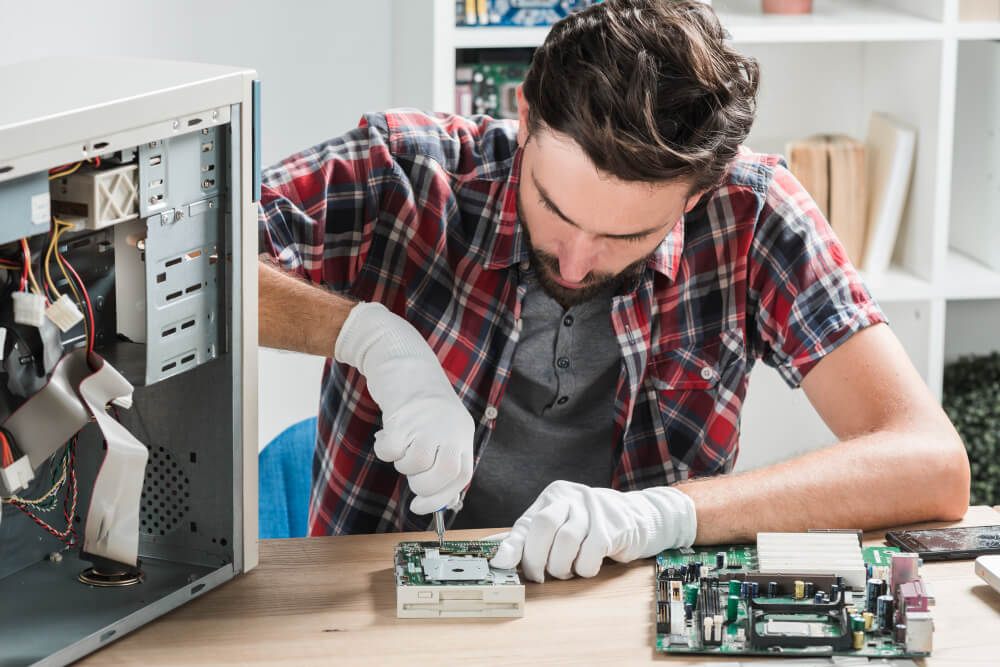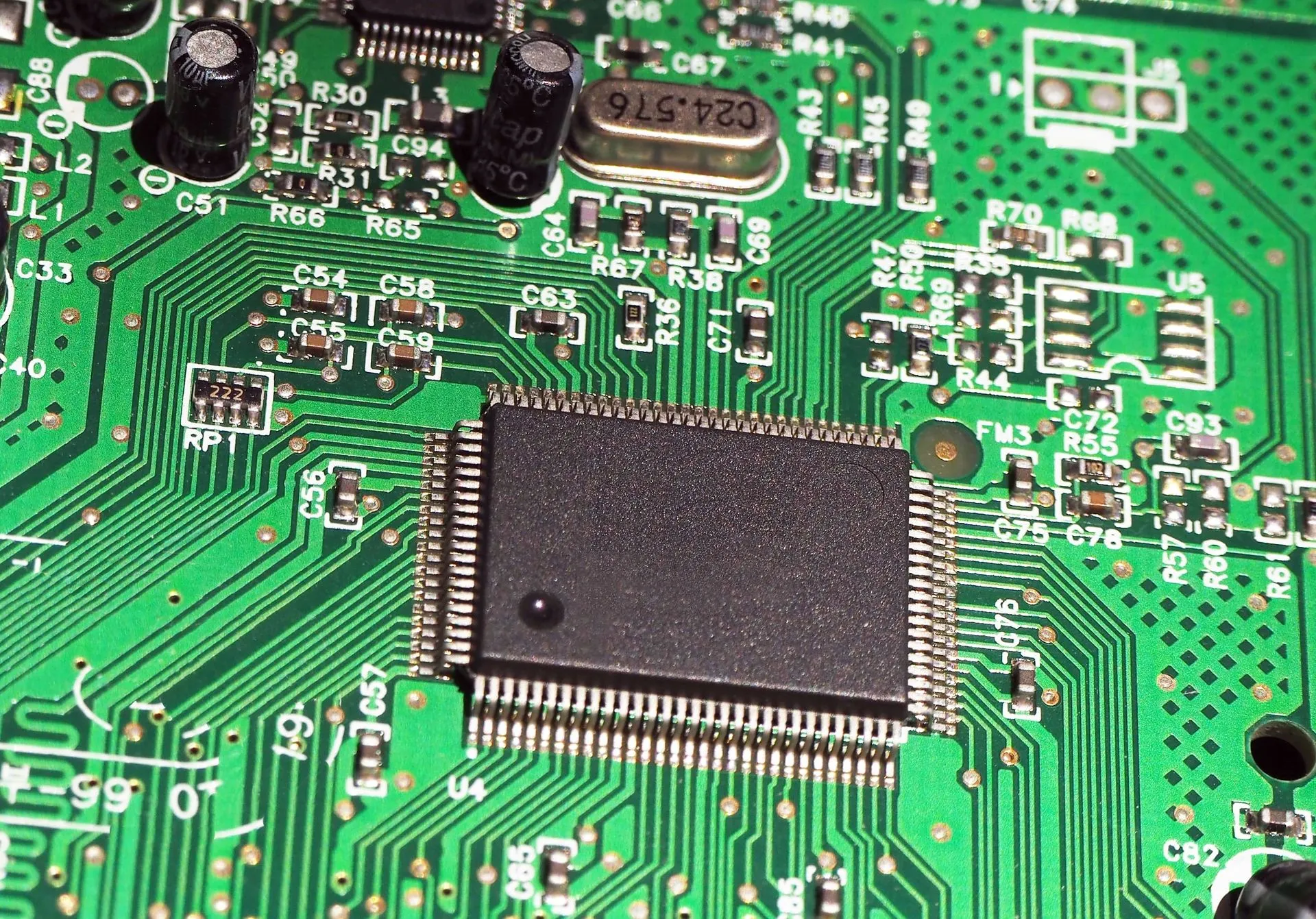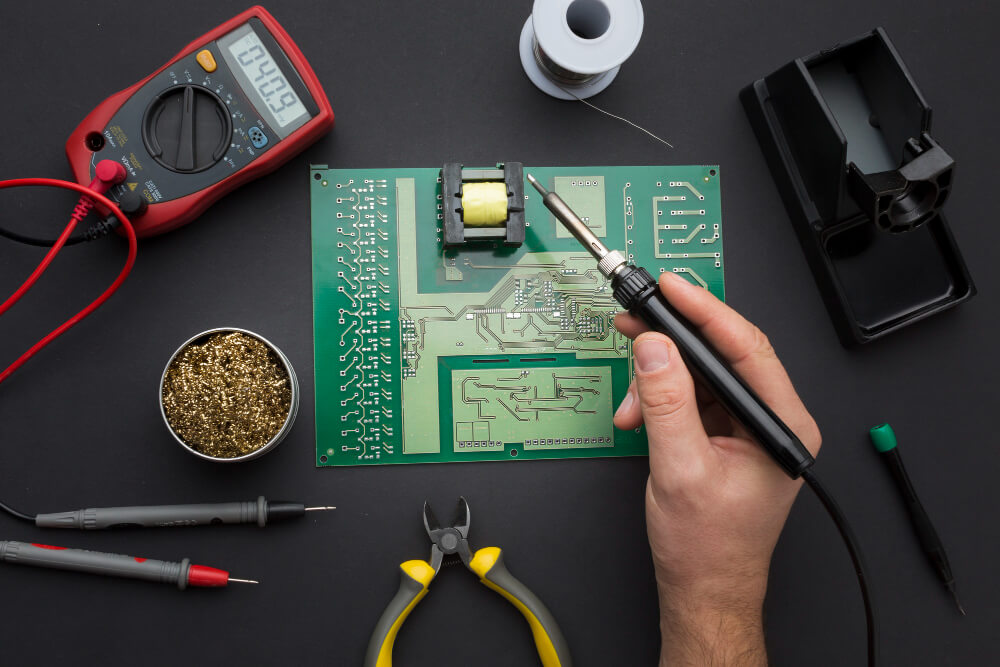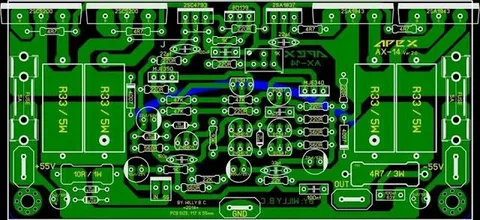In the competitive world of product development, ensuring reliability and quality is not just desirable—it’s essential. This is where test engineering becomes a cornerstone of the process. Test engineering goes beyond merely validating a product; it identifies potential weaknesses, ensures compliance with industry standards, and guarantees performance under various conditions. In this blog, we’ll explore how test engineering ensures that products meet the highest standards of reliability and quality.
What Is Test Engineering?
Test engineering is the process of designing and implementing tests to evaluate the performance, functionality, and durability of a product. It involves using a combination of automated tools, manual testing techniques, and data analysis to detect flaws, assess reliability, and ensure compliance with regulatory standards.
Test engineers work across industries, including electronics, automotive, aerospace, and software, tailoring testing methodologies to meet the unique requirements of each sector.
The Importance of Test Engineering in Product Development
Test engineering plays a critical role in bridging the gap between design and production. It ensures that products:
- Meet User Expectations: Test engineering verifies that the product functions as intended, providing a seamless user experience.
- Comply with Standards: Products must meet industry-specific standards to ensure safety and reliability.
- Perform Under Stress: Testing simulates real-world conditions to verify the product’s durability and performance under various scenarios.
- Minimize Risks: Identifying issues early reduces the likelihood of product failures or recalls, protecting the company’s reputation and finances.
Key Responsibilities of Test Engineers
Test engineers are responsible for:
- Designing Comprehensive Test Plans: These plans cover every aspect of the product, from hardware to software, ensuring no potential issue is overlooked.
- Developing Automated Testing Tools: Automation increases efficiency and ensures consistent results across multiple testing cycles.
- Conducting Real-World Simulations: Test engineers replicate the environments and scenarios in which the product will be used to evaluate its performance.
- Analyzing Test Data: They identify patterns, detect anomalies, and provide actionable insights to improve the product design.
Types of Testing in Product Development
- Functional Testing: Verifies that the product operates according to specifications.
- Performance Testing: Measures the product’s speed, responsiveness, and stability under varying workloads.
- Reliability Testing: Assesses how the product performs over time and under stress.
- Environmental Testing: Ensures the product can withstand extreme conditions such as temperature, humidity, and vibration.
- Compliance Testing: Confirms that the product adheres to industry regulations and safety standards.
- The Importance of Stress Testing in Reliability: Stress testing helps determine the product’s breaking point, ensuring it can handle unexpected scenarios.
- Using Automation for Functional and Performance Testing: Automated tools streamline repetitive tasks, improving accuracy and efficiency during testing.
The Financial Impact of Effective Test Engineering
Investing in test engineering might seem like an added expense, but it delivers significant financial benefits:
- Reduced Costs of Recalls and Repairs: Identifying and fixing issues during development prevents expensive recalls and warranty claims.
- Shortened Development Cycles: Effective testing ensures faster identification of issues, accelerating the time-to-market.
- Enhanced Customer Satisfaction: Reliable products lead to positive reviews, repeat business, and brand loyalty.
Real-World Applications of Test Engineering
- Electronics Industry: Smartphones, laptops, and other devices undergo extensive functional and environmental testing to ensure durability and performance.
- Automotive Sector: Crash tests, endurance tests, and compliance testing guarantee the safety and reliability of vehicles.
- Aerospace Industry: Rigorous testing ensures that components meet the high standards required for safety-critical systems.
Overcoming Challenges in Test Engineering
Despite its importance, test engineering faces several challenges:
- Complexity of Modern Products: Advanced technologies and multifunctional systems require sophisticated testing methodologies.
- Time and Resource Constraints: Tight deadlines and limited budgets can make thorough testing difficult.
- Data Management: Managing and analyzing large volumes of test data requires advanced tools and expertise.

How to Optimize Test Engineering Processes
- Invest in Training and Tools: Skilled engineers and modern tools ensure efficient and accurate testing.
- Adopt Automation: Automation reduces repetitive tasks, freeing engineers to focus on critical analysis.
- Collaborate Across Teams: Early involvement of test engineers in the design process ensures seamless integration and fewer revisions later.
The Role of Test Engineering in Continuous Improvement
Test engineering doesn’t stop after a product is launched. It plays an ongoing role in refining products based on user feedback and evolving standards. This continuous improvement ensures that products remain competitive and relevant in a dynamic market.
The Future of Test Engineering
Emerging technologies like artificial intelligence (AI), machine learning, and the Internet of Things (IoT) are reshaping the field of test engineering. AI-powered tools enable predictive analytics, identifying potential failures before they occur. IoT devices allow real-time monitoring of product performance, providing valuable insights for improvement.
Conclusion
Test engineering is the backbone of product reliability and quality. By identifying and addressing issues early in the development process, it minimizes risks, ensures compliance, and enhances user satisfaction. From designing robust test plans to leveraging advanced tools, test engineers play a critical role in delivering products that meet the highest standards.
Investing in test engineering is not just about avoiding failures—it’s about building trust, protecting your brand’s reputation, and creating a foundation for long-term success. As industries continue to innovate, the importance of test engineering will only grow, driving excellence in product development.






